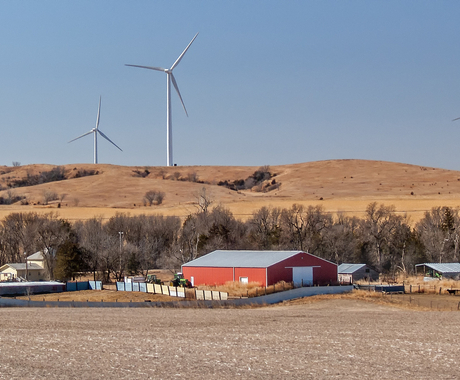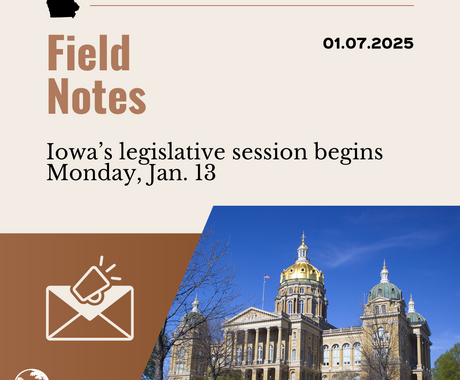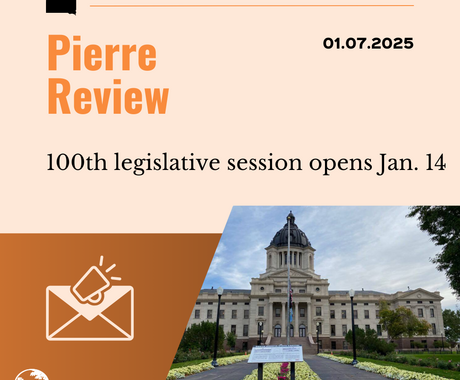A newly released report from the National Renewable Energy Laboratory (NREL) shows growth in wind and solar development has led to substantial increases in local ordinances. As demand for clean energy grows, local governments are tasked with identifying how clean energy will be regulated.
The study found that, in the last four years, the number of local wind ordinances increased by 700%, from 286 in 2018 to 1,853 in 2022. There were also 839 ordinances on the books for addressing utility-scale solar in 2022. This was the first time the NREL surveyed entities about those systems.
When considering a wind or solar project, developers work with landowners and local governments to assess feasibility. During this process county decision-makers will often consider creating or revising the wind and solar energy ordinances that govern the siting process. Putting clear standards in place is important to protect the interests of local residents while providing guidelines for developers. Ordinances can determine setback distances from property lines or roads, establish standards for sound or height limits, and mandate protection for natural habitats.
NREL’s report found a high level of variation in local ordinance setback distances, and that setbacks for wind and solar projects have generally increased in the last several years. This increase in setback distances can have a profound impact on development potential. Setting uniquely large setback regulations can severely restrict opportunities for counties to take advantage of clean energy development by decreasing the amount of locations available for projects.
Proactively developing siting regulations removes uncertainty for both the county and the project developer, which can help facilitate development. As counties navigate the process of writing ordinances they should allow time for community input, and provide opportunities to address concerns. Creating balanced regulations promotes the health, safety, and prosperity of residents, while allowing counties to take advantage of the economic opportunities of clean energy development.
Renewable energy sources have increased clean, reliable power capacity, while providing sizable economic opportunities for local communities. According to the Nebraska Department of Revenue, in 2022, $8,609,254 of nameplate capacity tax was generated in the state. Paid to counties where renewable projects are located, the nameplate capacity tax supports essential infrastructure such as schools, roads, and emergency services. Other local economic benefits include lease payments to landowners and jobs during construction and operation.
Click here for resources to assist in the development of regulations for wind and solar energy projects.





